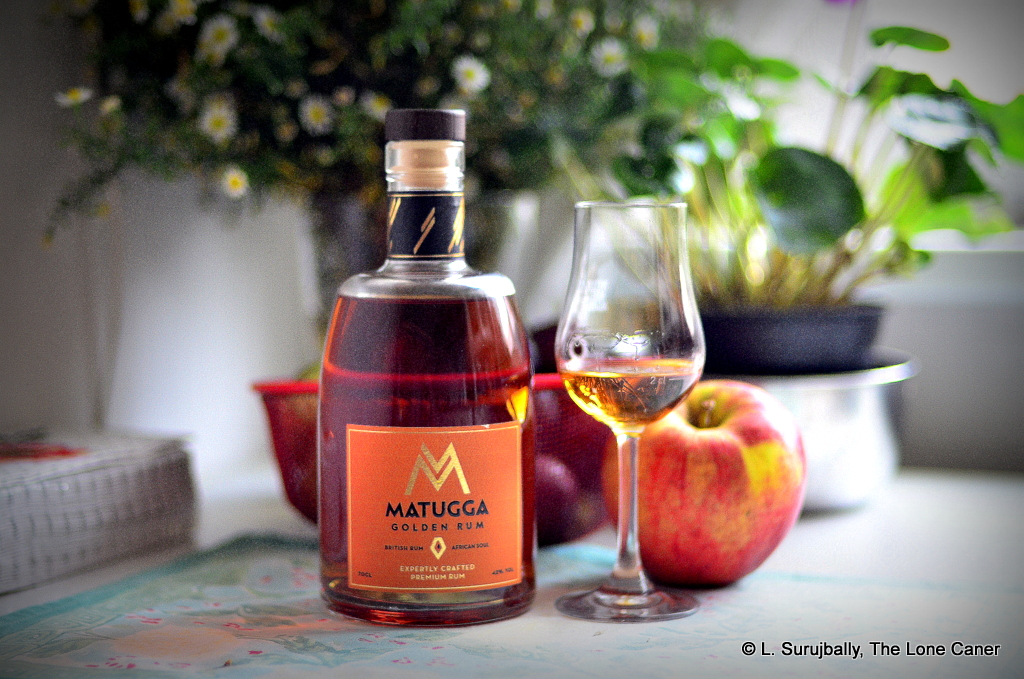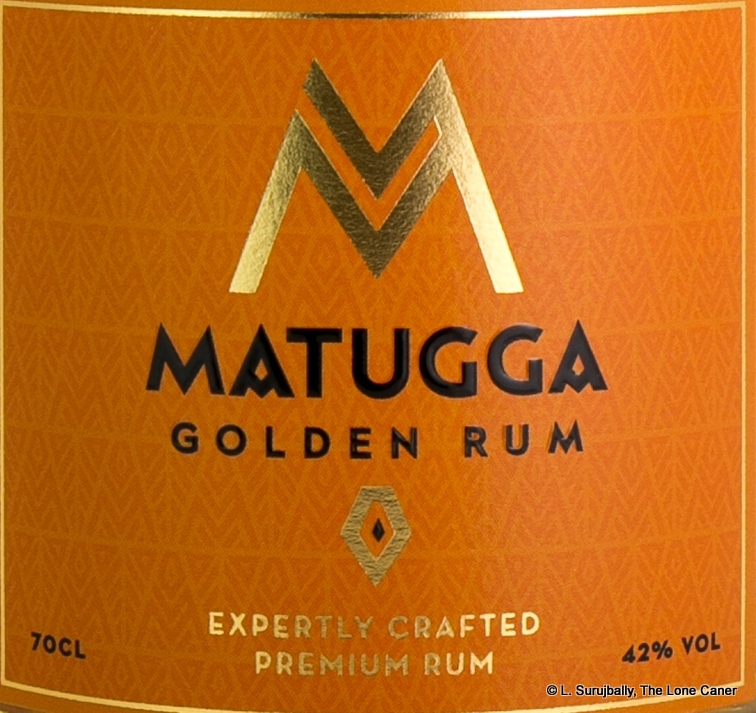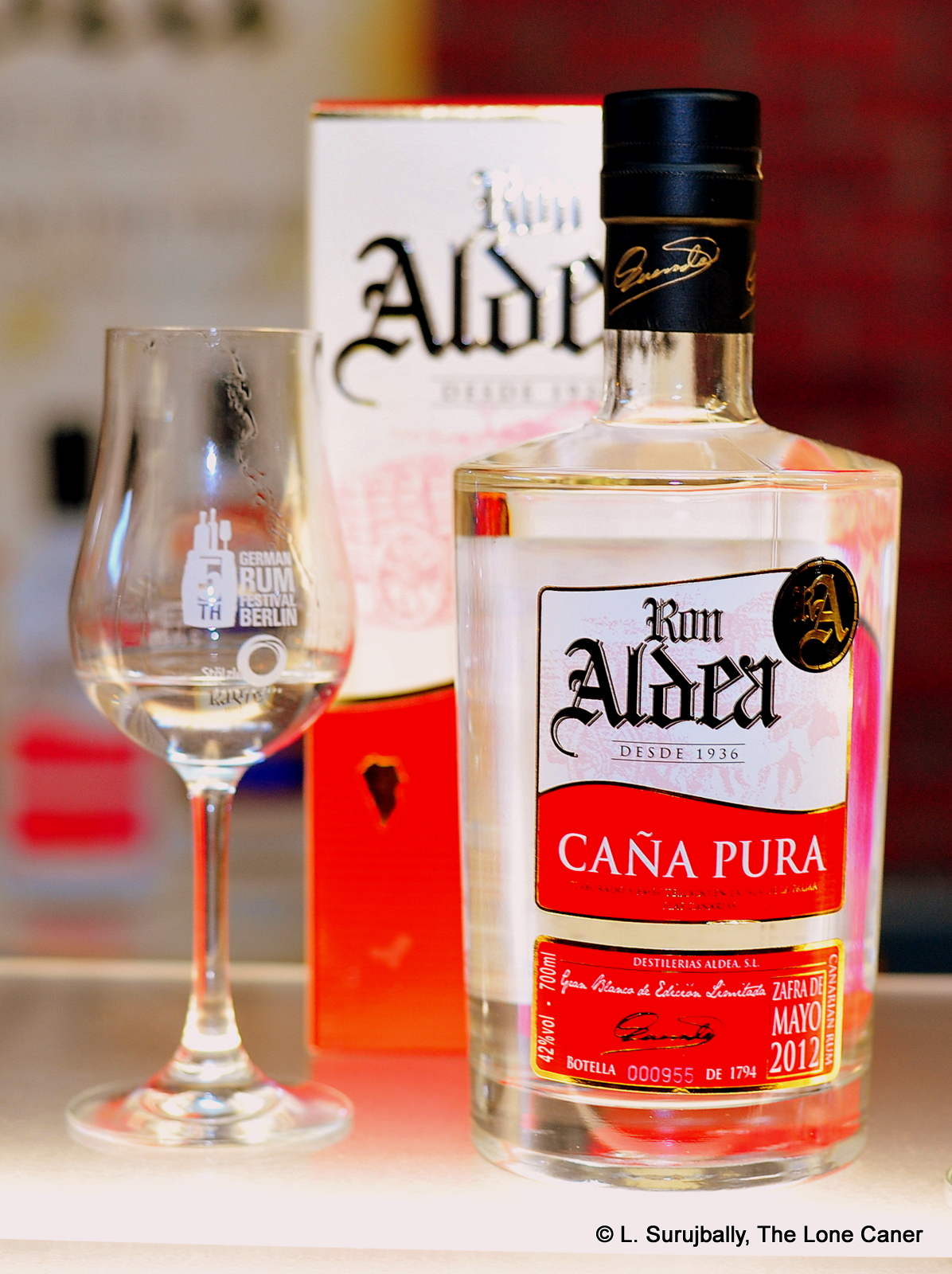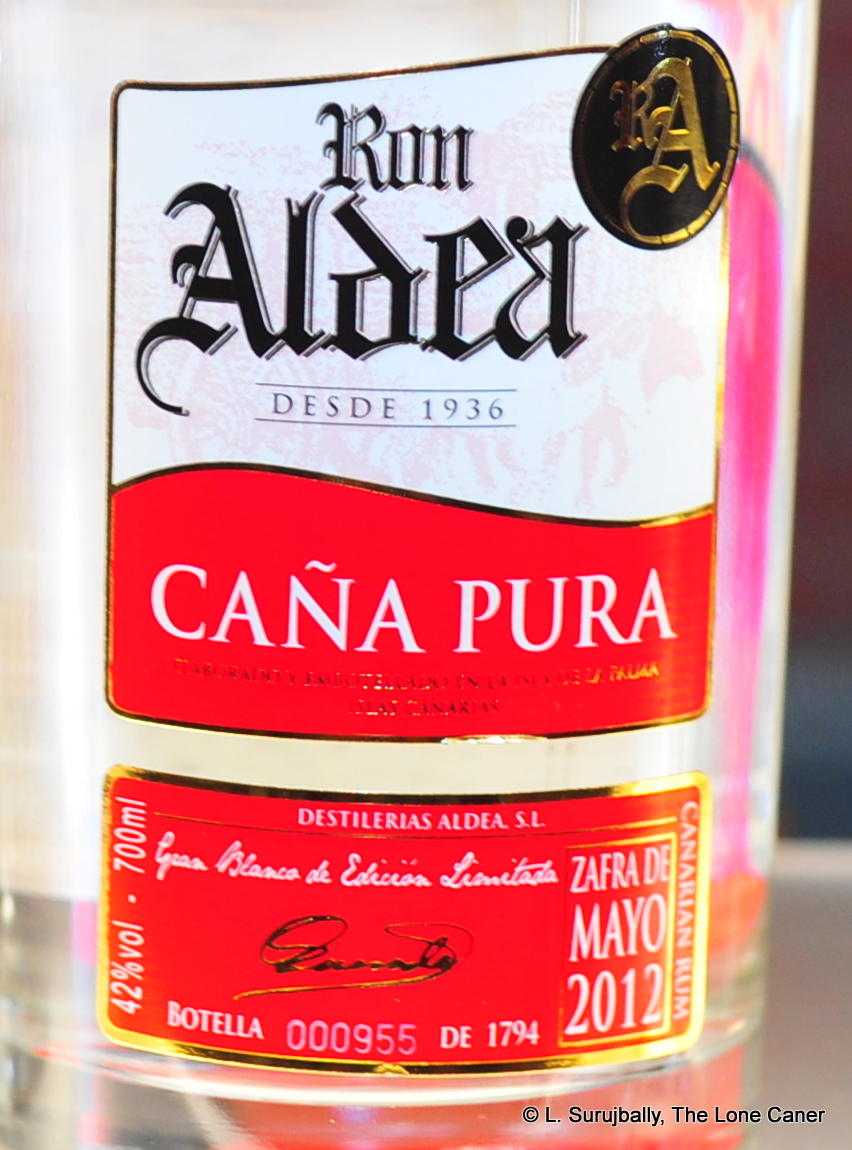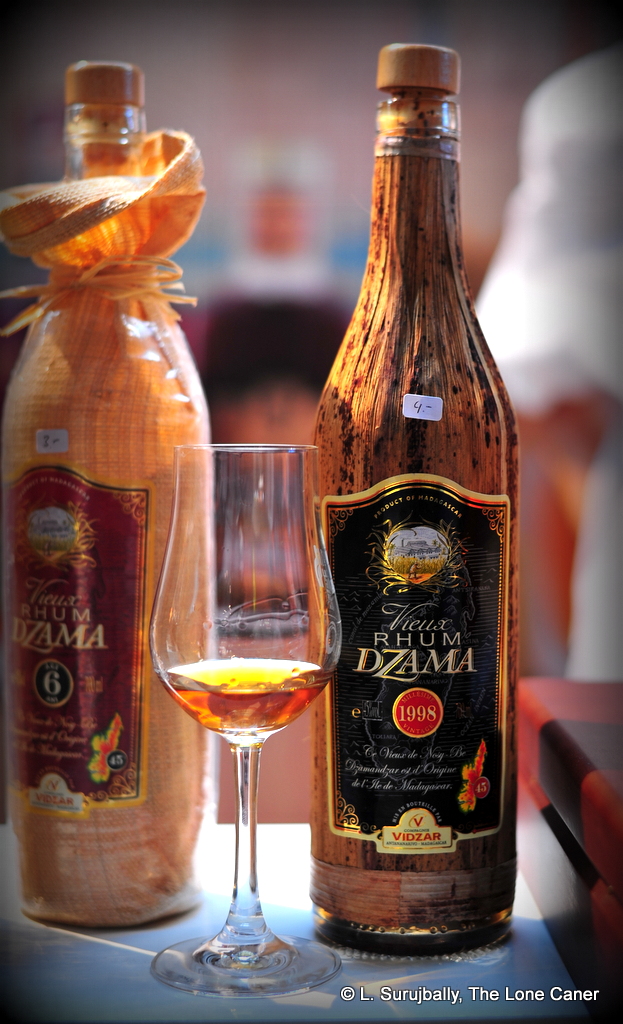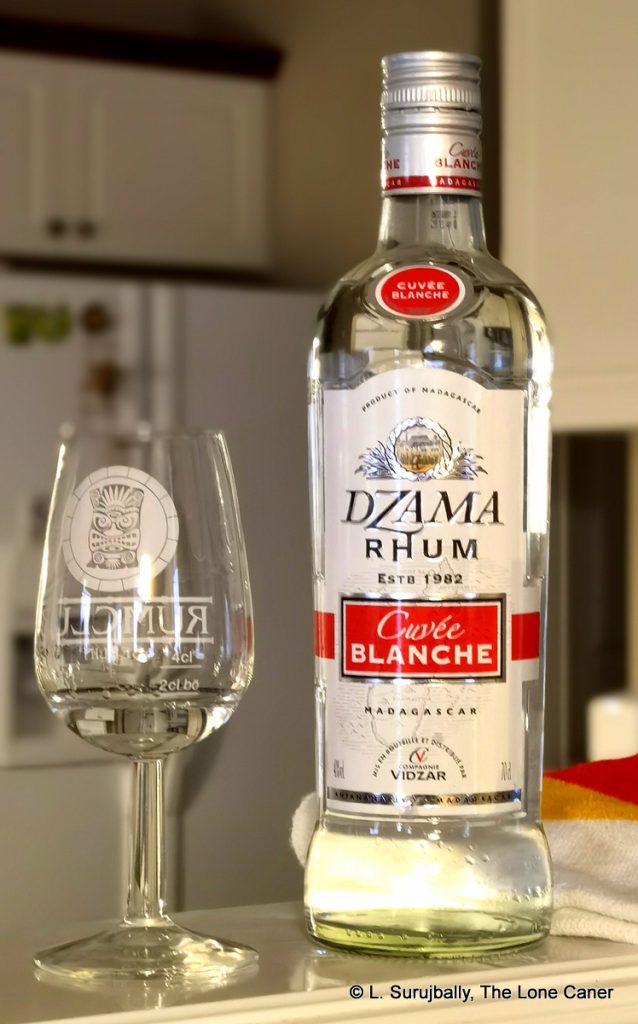 Madagascar’s best known distillery’s rums have been the subject of three reviews in these pages, stretching from 2014 to 2021, yet even now it is unclear whether this has made anyone sit up and pay attention. For the most part the rum drinkers’ attention remained resolutely with the Caribbean nations, or the new ones emerging elsewhere – suggesting that while Madagascar was unusual, it was apparently not enough to make it a global seller.
Madagascar’s best known distillery’s rums have been the subject of three reviews in these pages, stretching from 2014 to 2021, yet even now it is unclear whether this has made anyone sit up and pay attention. For the most part the rum drinkers’ attention remained resolutely with the Caribbean nations, or the new ones emerging elsewhere – suggesting that while Madagascar was unusual, it was apparently not enough to make it a global seller.
With or without such widespread recognition, Dzama still exists, however, still releases rums (a lot – Rum-X lists 29 of them), and can still be found on shelves, and even has a prestige 15 Year Old out there. So clearly it’s doing well. The rum being looked at today is their so called “classic” white (as opposed to the two other “prestige” editions), and irrespective of developments elsewhere in the blanc world is a very slightly aged rum – two to four weeks, apparently, with no further details on how this was achieved, or with what. The rum is also molasses based, column still distilled, released at 40%, and it ended up in Canada somehow, which is where I picked it up.
There’s little else of note here, so we can dive right in. Nose is peculiar: fragrant citrus soap starts things off, something reminiscent of Irish Spring; lots of vanilla, which is sort of a signature with Dzama (see biography below); citrus peel and sugar water make an appearance but the aroma lacks the herbals greenness that marks out an agricole rhum (which in any case this isn’t). I do like the distinct lemon meringue pie notes, which Mrs. Caner said reminded her of lemonade from Kyrgyz pears, which I mention because, y’know, I promised. These smells are not all that strong or distinct and can be best found in contradistinction to several other standard strength white blends (such as those I was trying that day).
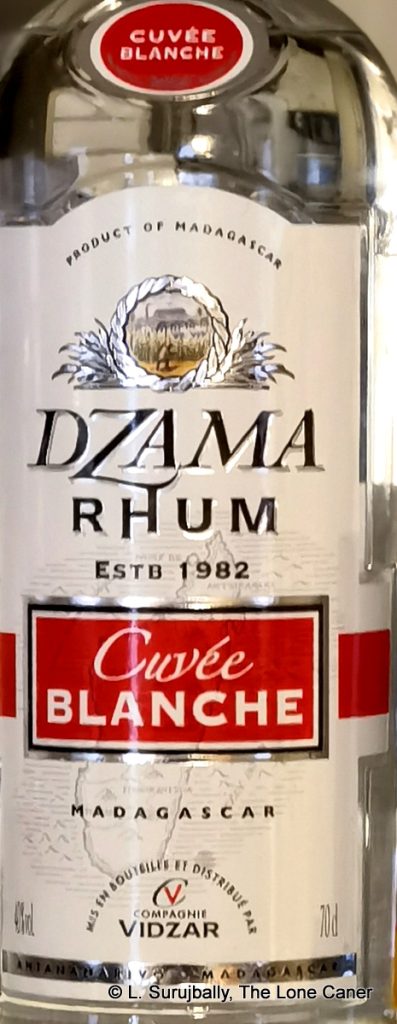 Taste wise, the lemony and custard notes are more pronounced (so is the soap). It has a decent body, warm, not too rough or sharp, and there are hints of unsweetened yoghurt, laban, milk and a pie crust fresh from the oven. A touch more licorice and ginger and maybe some cinnamon, leading to a quiet and undemonstrative finish which is too short, too faint … and frustratingly just starts to show off a few fruity notes when it all vanishes without so much as a goodbye.
Taste wise, the lemony and custard notes are more pronounced (so is the soap). It has a decent body, warm, not too rough or sharp, and there are hints of unsweetened yoghurt, laban, milk and a pie crust fresh from the oven. A touch more licorice and ginger and maybe some cinnamon, leading to a quiet and undemonstrative finish which is too short, too faint … and frustratingly just starts to show off a few fruity notes when it all vanishes without so much as a goodbye.
These comments might lead you to believe it’s something to walk away from, but not really: I’ve tasted worse of this kind. It’s different, reasonably tasty — kind of an alcoholic 7-Up, which I think is undone by the vanilla, that weird soap vibe, a bit too much sweet and too few real taste chops. Too, the general lack of cohesion of everything else makes for a disappointing sipping experience, and even for something so relatively unaggressive, it’s surprising how little rum comes through in the final analysis — it more resembles a doctored ethanol rather than some sort of well made local drink which has potential to represent its land of origin. That’s a pity, yet the potential of the brand remains, as it always has, which is why I keep coming back to their products: so who knows, one day they might make a white unaged rum I can really get behind. For now, this Cuvée Blanche is interesting for the geography, but not so much for the experience of drinking it.
(#982)(76/100) ⭐⭐⭐
Madagascar is that huge island off the south east coast of Africa; and the Dzama rums are made by Vidzar, formed in 1980 due to the efforts of Mr. Lucien Fohine, who noted that the small sugar factory on the tiny island of Nosy Be in the north produced a distillate that had distinctive flavours which persisted into the final distilled products…mostly low level rum for local consumption, to that point. He concluded it came from the ylang-ylang plant (also known as the macassar oil plant, or the perfume tree) whose roots intermingled with that of the cane.
[Now, the theory is that the oils and perfumes of the various botanicals to be found on Madagascar (vanilla, cloves, pepper are often cited) leach from their roots into the soil and are intermixed with the cane plants’ own root systems, into their stems, and thence to the ultimate distillate. I’m no chemist or botanist, but one could just as easily wonder why similar processes aren’t observed on the spice island (Grenada) for example, so I reserve judgement on that score. All the Dzama rums I’ve tried have that question lurking in the background anyway, as to whether something was added to or not. Dzama firmly maintains no synthetic or artificial additions, but this still leaves the door open for natural ones; and according to Rhum Attitude, the Cuvee Prestige white is apparently a kind of filtered infused rum here, so who is to say something similar isn’t happening here?]
But anyway, Mr. Fohine formed a company he called Vidzar (a contraction of Vieux Rhum de Dzamandzar), which initially concerned itself with whisky bottling. It was located close to the sugar cane fields of Nosy Be, near to a village called Dzamadzar, and a few years later, as their operations expanded, production was transferred to Antananarivo (the capital, in the centre of the island). The company, which now claims a majority of rum market share in Madagascar, makes a range of rums, including the Dzama Club, 3 YO and 6 YO, the Millésimé 1998 10 Year Old, Dzama 15 and 25 year old rums and a Cuvée Noire, as well as three blanche rums and a raft of infused and spiced versions. Most of these are untried by the vast majority of rum drinkers, and remain relatively unknown, though some have won prizes between 2010 and 2015, in Miami, Paris, Berlin and Madrid. It may just be a marketing thing, or the inability to get out there and run around the festival circuit.
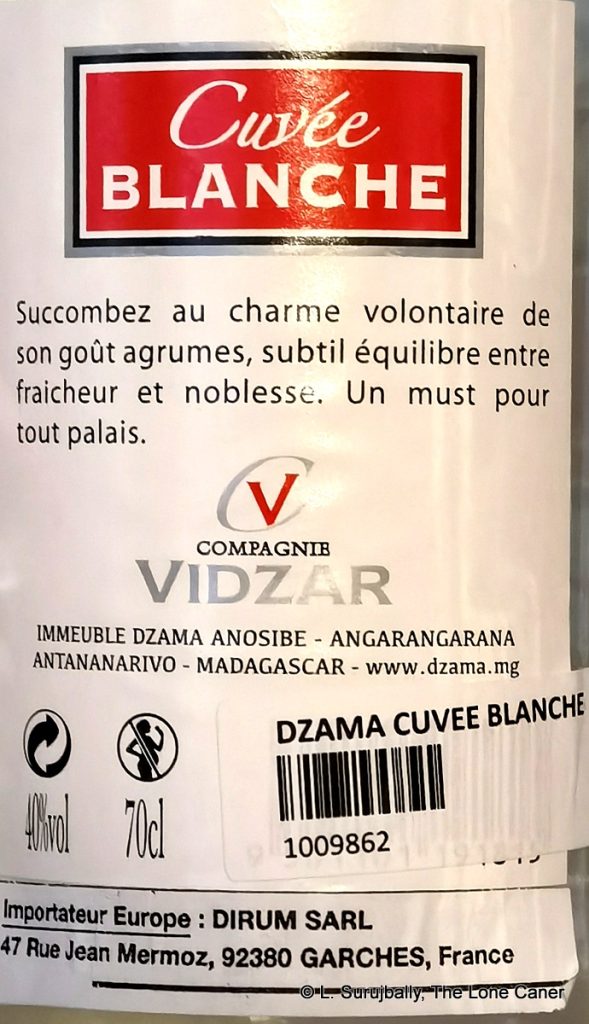

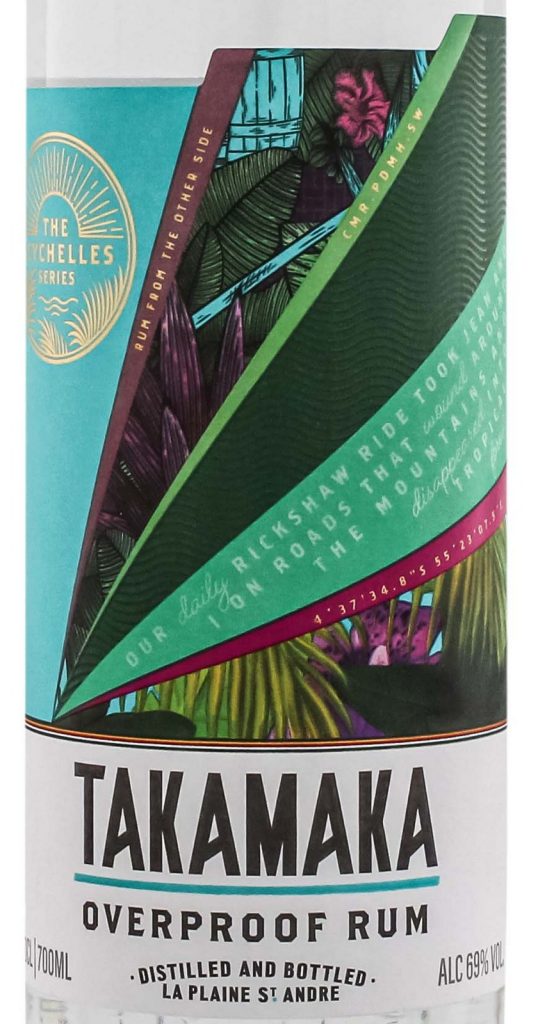 Now you would think that the producers of an overproof Wray-slaying-wannabe, which of course this aspires to be, would make every effort to ensure its product is packed with flavours of a fruit and candy shop and if it felt like being bellicose, pack itself with a nose the envy of a rutting troglodyte’s mouldy jockstrap. I stand here in front of you saying, with some surprise, that this just isn’t the case. The nose starts off okay, quite spicy, with notes of white chocolate, almonds, soy milk, creamy unsweetened yoghurt. Then it adds a bit of grass and cumin, a shaving of zest from a lime or two. A pear, maybe two, some papaya. But that’s about it. The rum is so peculiarly faint it’s like it would need to stand twice in the same place to make a shadow. This is an overproof? It’s more like slightly flavoured alcoholic water, and I say that with genuine regret.
Now you would think that the producers of an overproof Wray-slaying-wannabe, which of course this aspires to be, would make every effort to ensure its product is packed with flavours of a fruit and candy shop and if it felt like being bellicose, pack itself with a nose the envy of a rutting troglodyte’s mouldy jockstrap. I stand here in front of you saying, with some surprise, that this just isn’t the case. The nose starts off okay, quite spicy, with notes of white chocolate, almonds, soy milk, creamy unsweetened yoghurt. Then it adds a bit of grass and cumin, a shaving of zest from a lime or two. A pear, maybe two, some papaya. But that’s about it. The rum is so peculiarly faint it’s like it would need to stand twice in the same place to make a shadow. This is an overproof? It’s more like slightly flavoured alcoholic water, and I say that with genuine regret.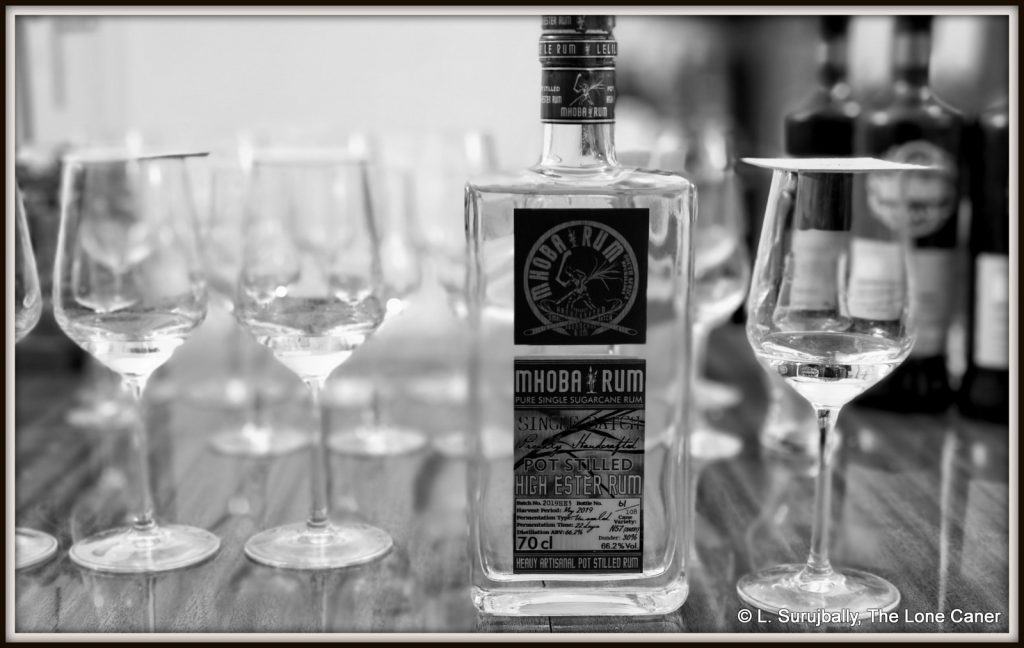
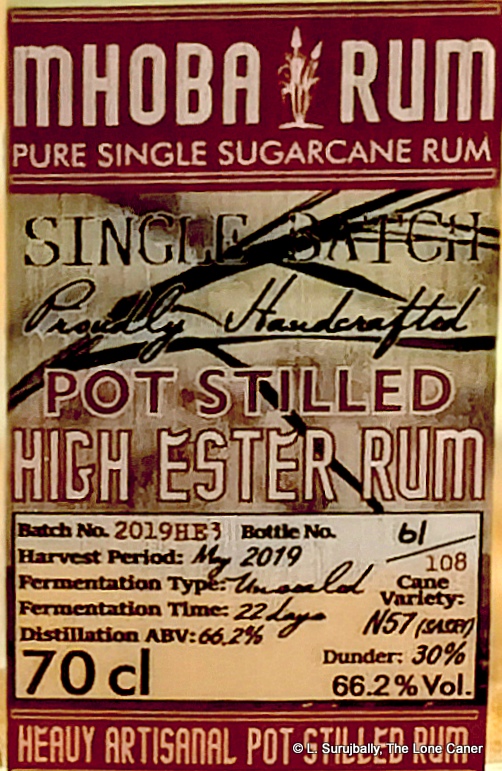
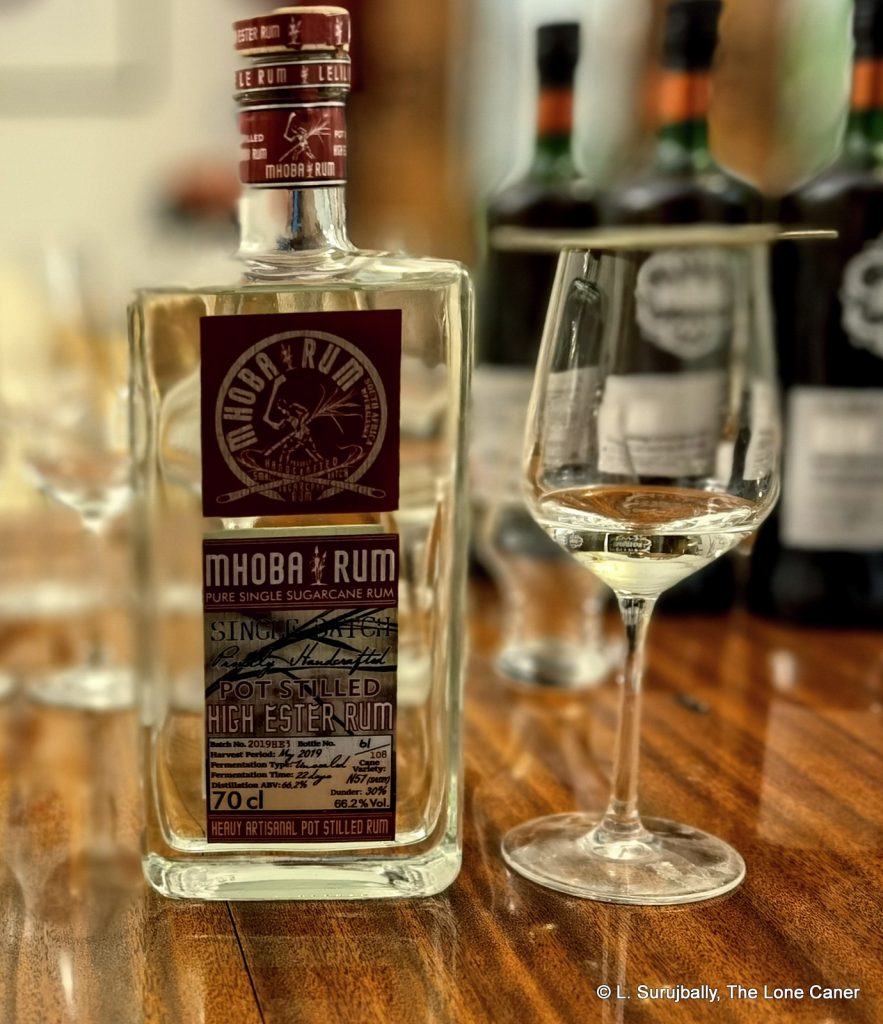
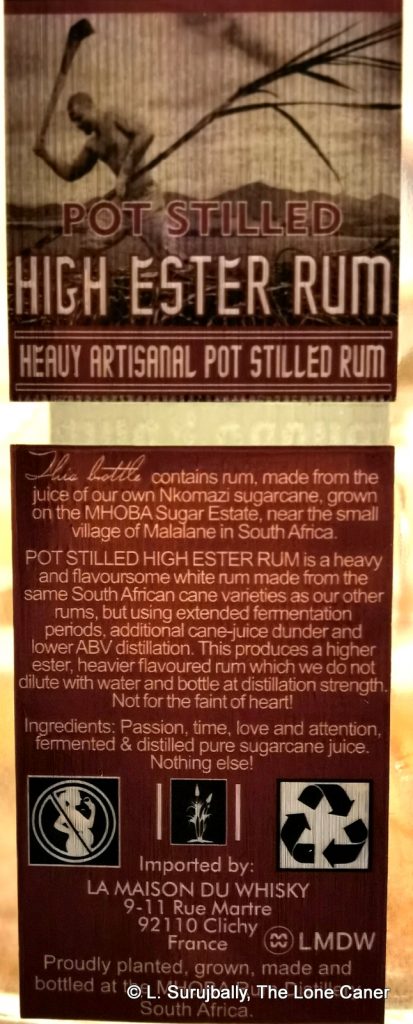
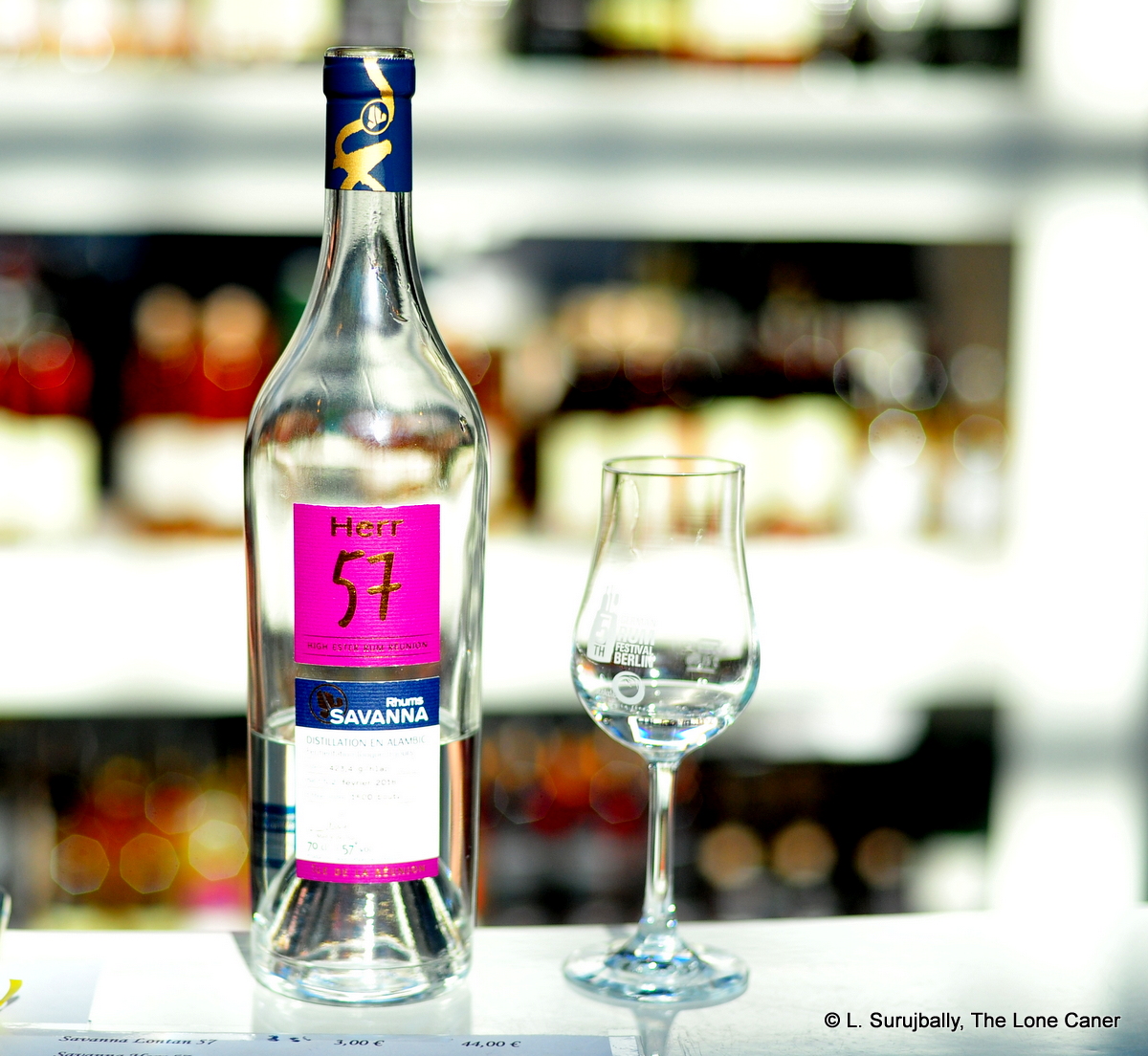
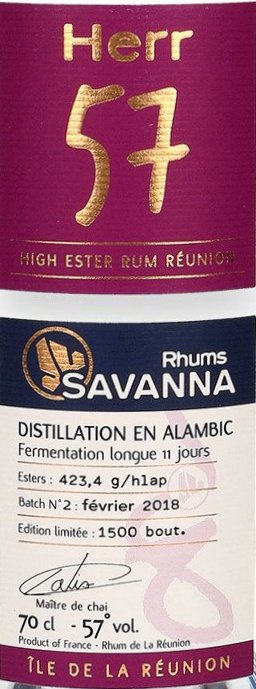


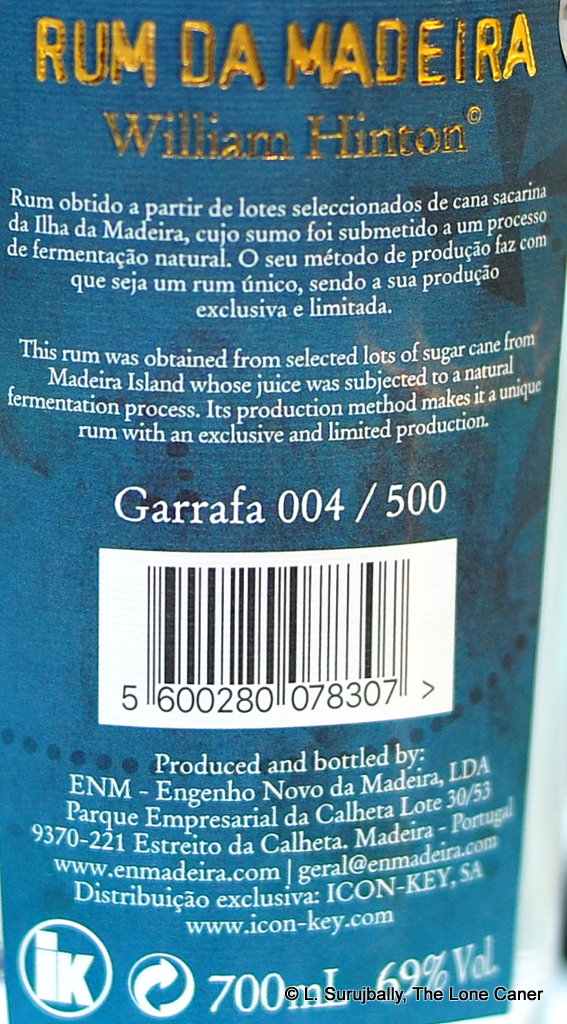
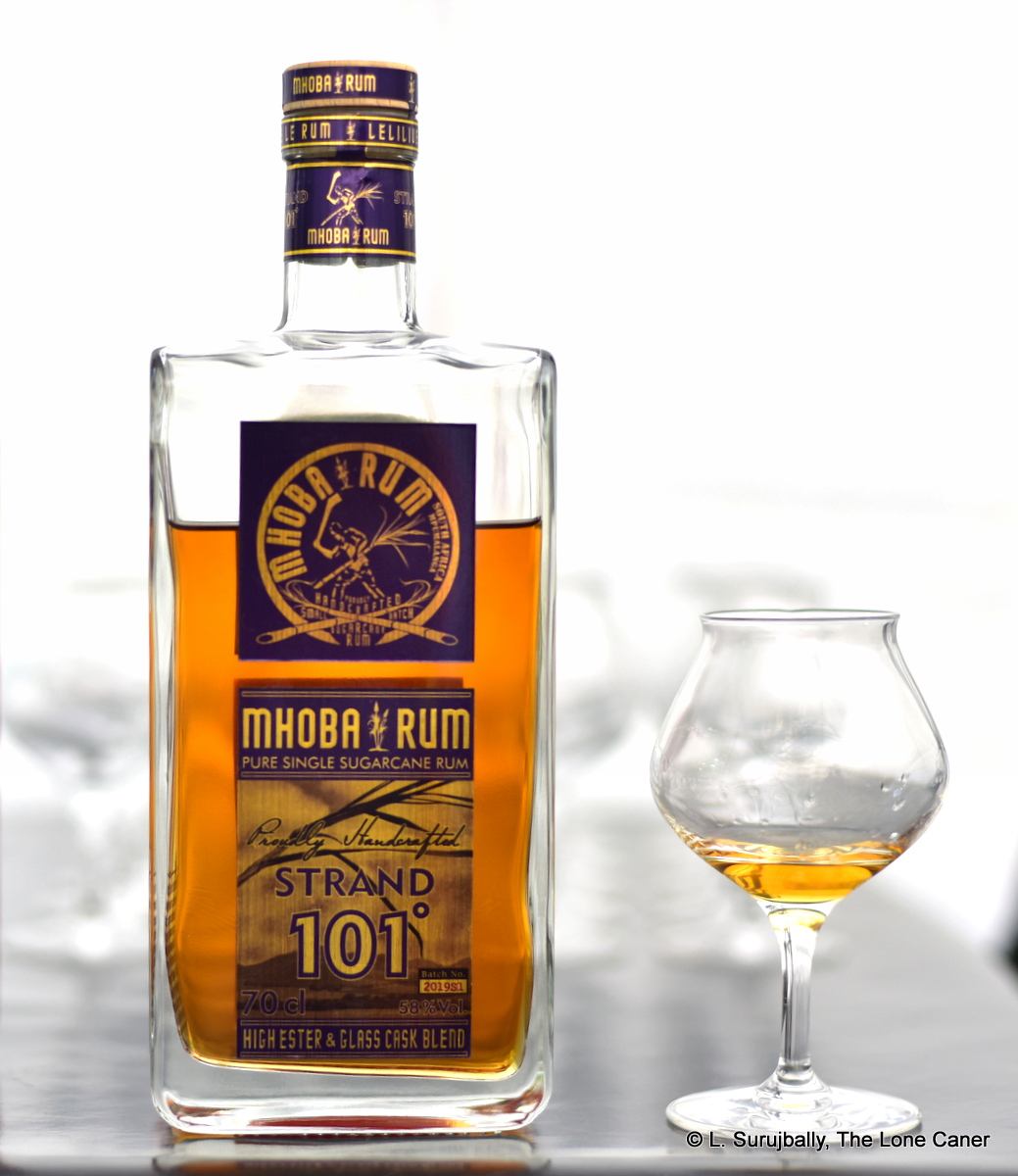
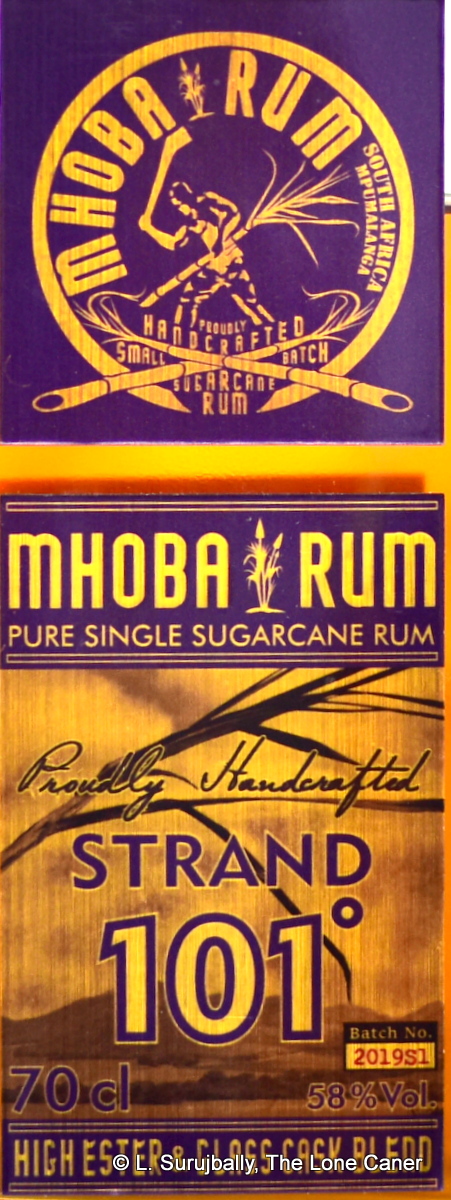 The Strand 101° was specifically designed by Knud Strand, a colourful Danish distributor who worked closely with Robert Greaves (as he had with many brands before) to bring the Mhoba line to market. What he was looking for was to create a blend of unaged and aged rum from pot stills, adhering to something of the S&C profile but from only one still (not two or more). He was messing around with samples some time back and after making his selections finally came back to two, both fullproof — one, slightly aged was too woody, with the other unaged one perhaps too funky.
The Strand 101° was specifically designed by Knud Strand, a colourful Danish distributor who worked closely with Robert Greaves (as he had with many brands before) to bring the Mhoba line to market. What he was looking for was to create a blend of unaged and aged rum from pot stills, adhering to something of the S&C profile but from only one still (not two or more). He was messing around with samples some time back and after making his selections finally came back to two, both fullproof — one, slightly aged was too woody, with the other unaged one perhaps too funky. 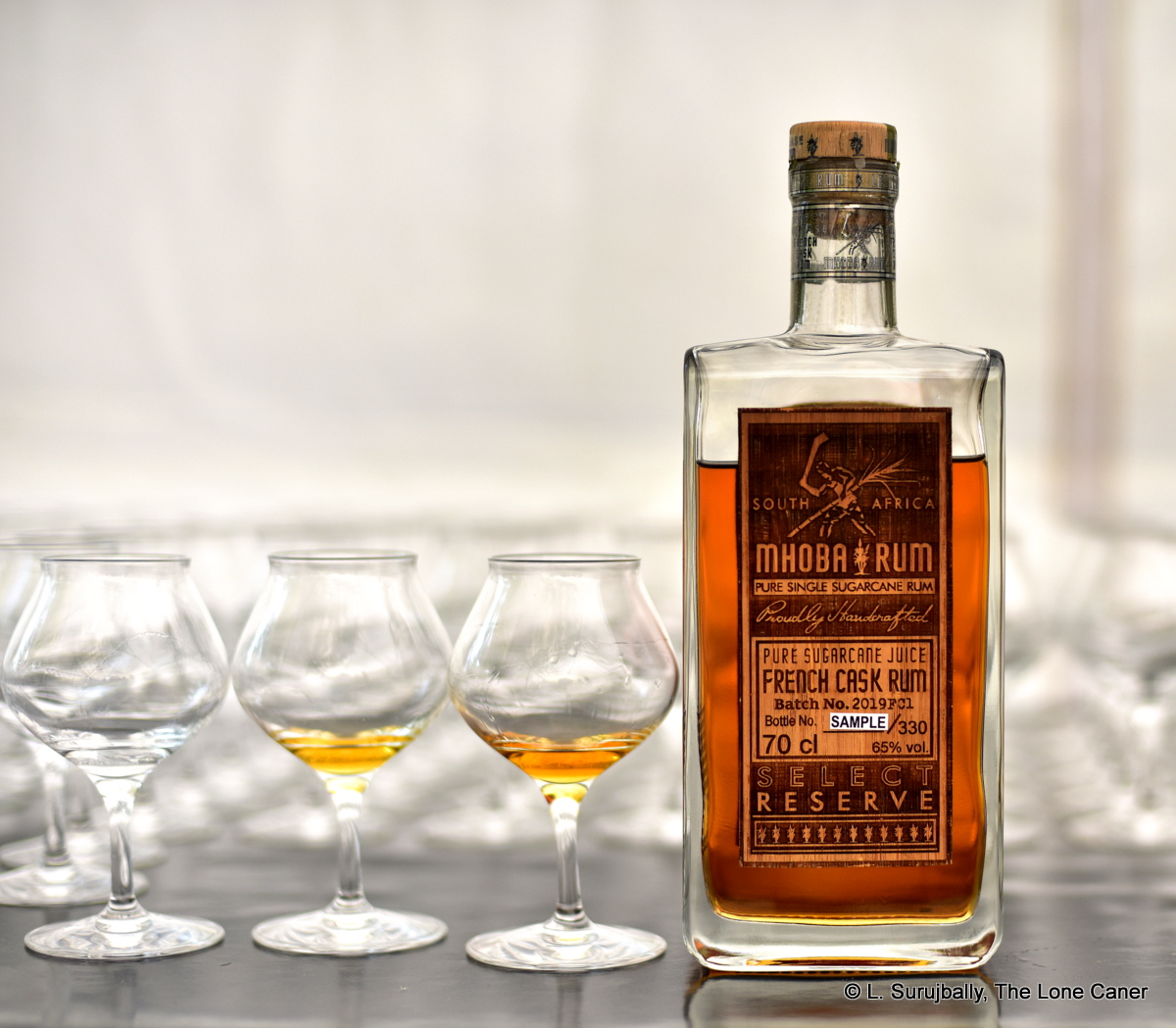
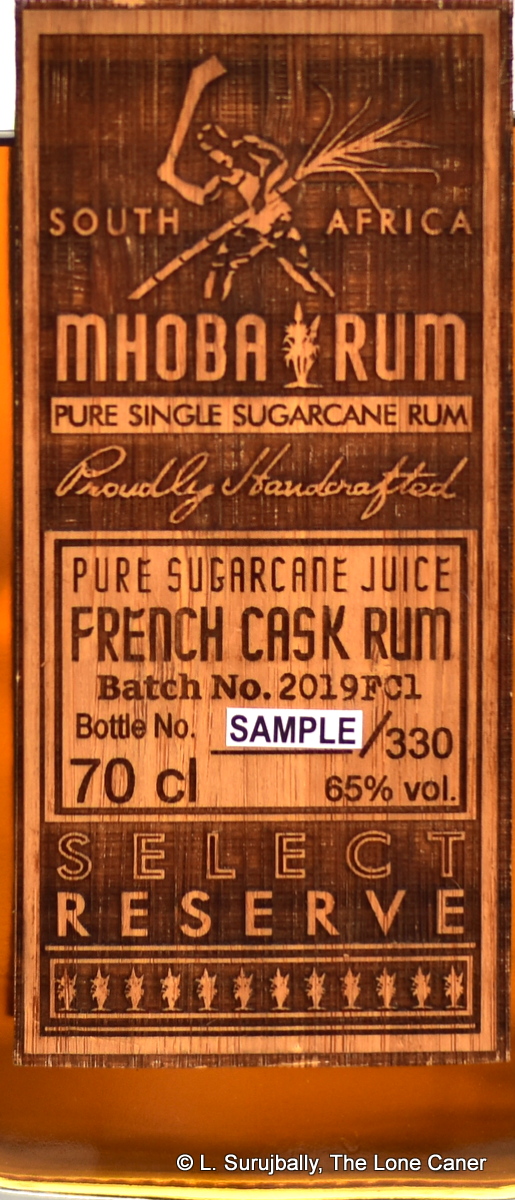 This is where good labelling helps understand what you’re getting. Mine read that it was a sugar cane juice rum, single blended, the bottle outturn (330 bottles, of which this was a sample), batch 2019FC1, South African made, and 65% ABV (ouch!). Actually, the only things missing from the label were the age statement (website says just over a year) and the still of origin (it’s a pot still), which I imagine subsequent labels will correct, especially as additional aged varietals begin to enter the market and a stock of different aged expressions gets built up – already, the company site lists eight different rums, so they’re not wasting any time.
This is where good labelling helps understand what you’re getting. Mine read that it was a sugar cane juice rum, single blended, the bottle outturn (330 bottles, of which this was a sample), batch 2019FC1, South African made, and 65% ABV (ouch!). Actually, the only things missing from the label were the age statement (website says just over a year) and the still of origin (it’s a pot still), which I imagine subsequent labels will correct, especially as additional aged varietals begin to enter the market and a stock of different aged expressions gets built up – already, the company site lists eight different rums, so they’re not wasting any time.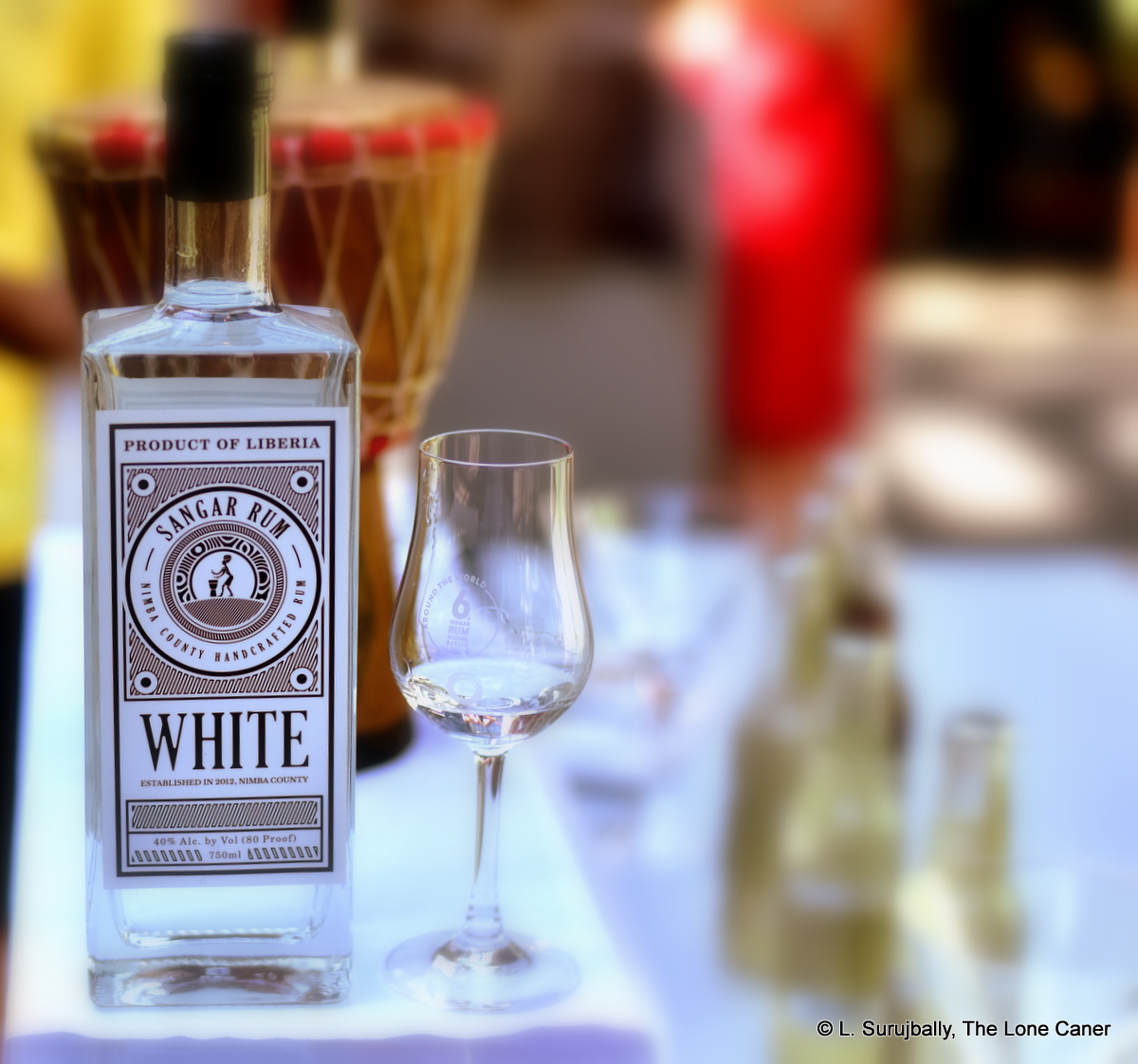
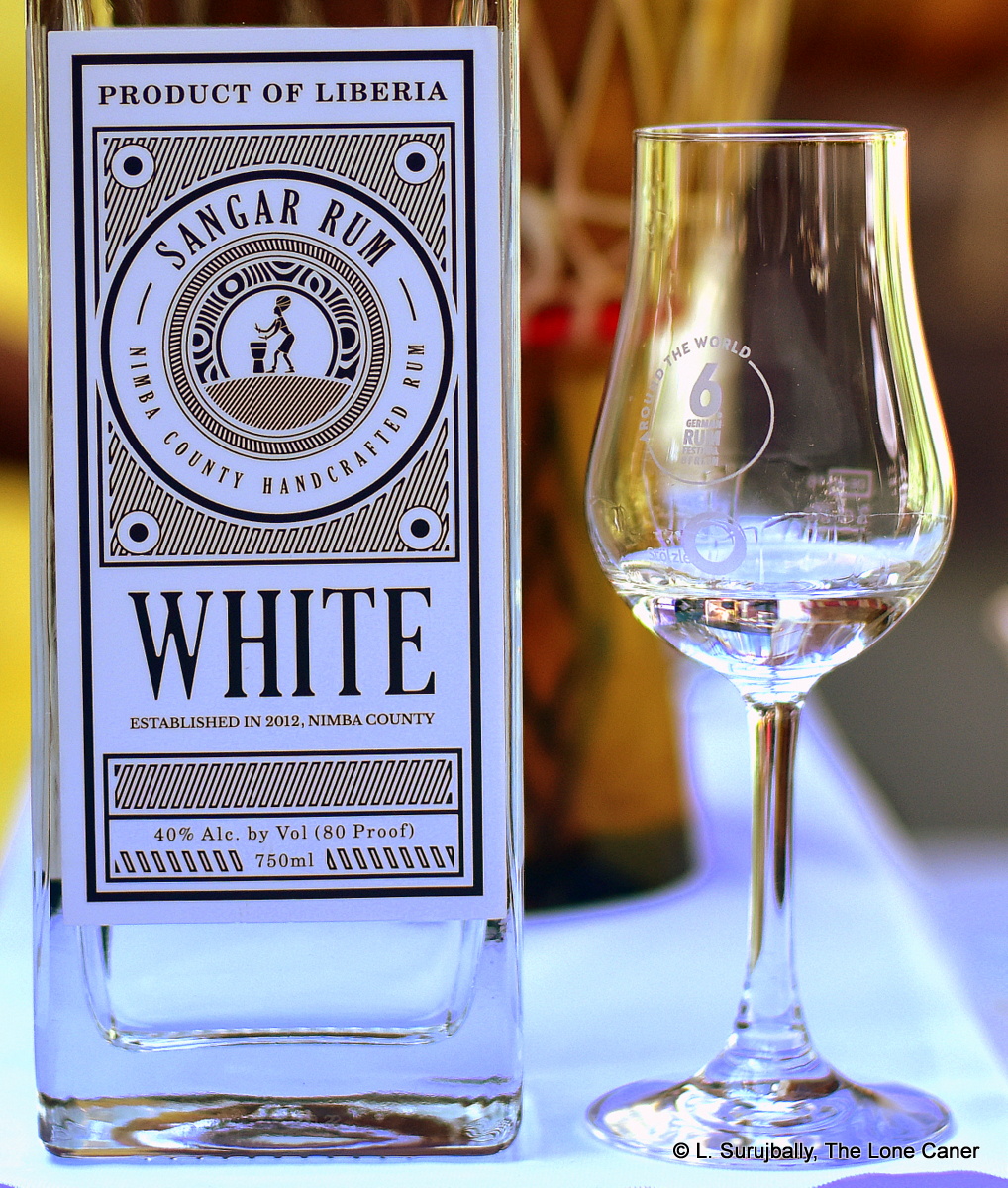
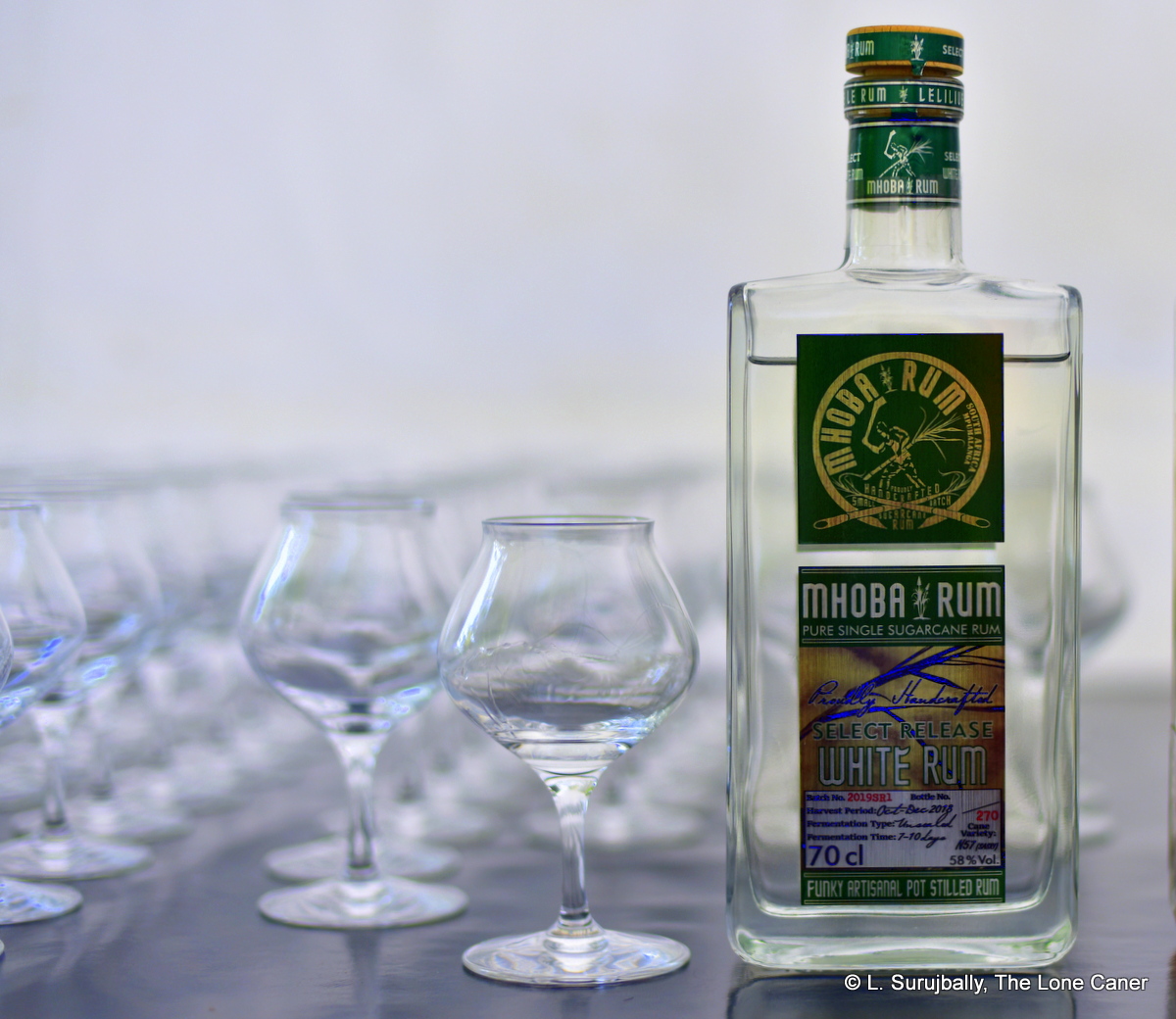
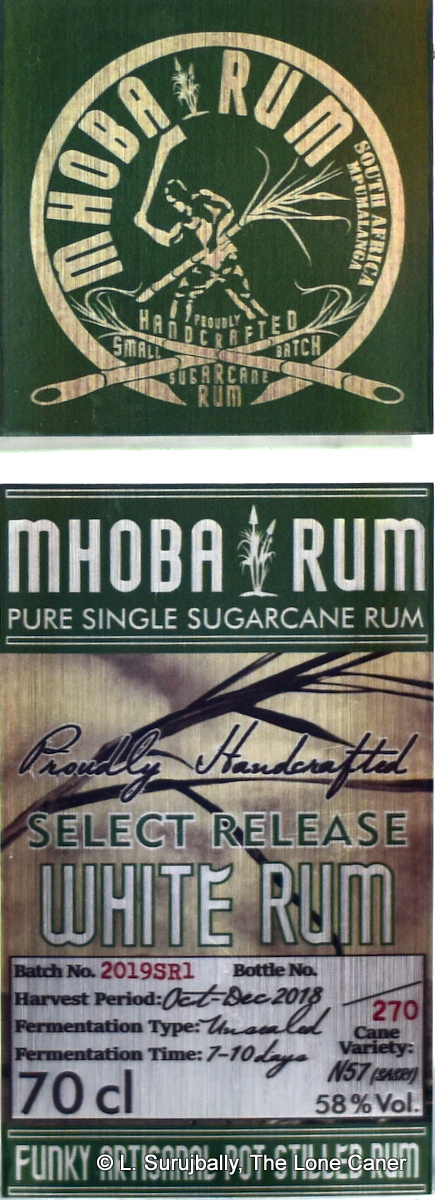 I’ll leave you to peruse Steve’s enormously informative company profile for production details (it’s really worth reading just to see what it takes to start something like a craft distillery), and just mention that the rum is pot still distilled from juice which is initially fermented naturally before boosting it with a strain of commercial yeast. The company makes three different kinds of white rums – pot still white, high ester white and a blended white, all unaged. I tried what is probably the tamest of the three, the Select, which the last one, blended from several cuts taken from batches processed between October to December of 2018 and bottled at 58%. All of this is clearly marked on the onsite-produced label (self-engraved, self-printed, manually-applied), which is one of the most informative on the market: it details batch number, date, strength, variety of cane, still, number of bottles in the run…it’s really impressive work.
I’ll leave you to peruse Steve’s enormously informative company profile for production details (it’s really worth reading just to see what it takes to start something like a craft distillery), and just mention that the rum is pot still distilled from juice which is initially fermented naturally before boosting it with a strain of commercial yeast. The company makes three different kinds of white rums – pot still white, high ester white and a blended white, all unaged. I tried what is probably the tamest of the three, the Select, which the last one, blended from several cuts taken from batches processed between October to December of 2018 and bottled at 58%. All of this is clearly marked on the onsite-produced label (self-engraved, self-printed, manually-applied), which is one of the most informative on the market: it details batch number, date, strength, variety of cane, still, number of bottles in the run…it’s really impressive work. 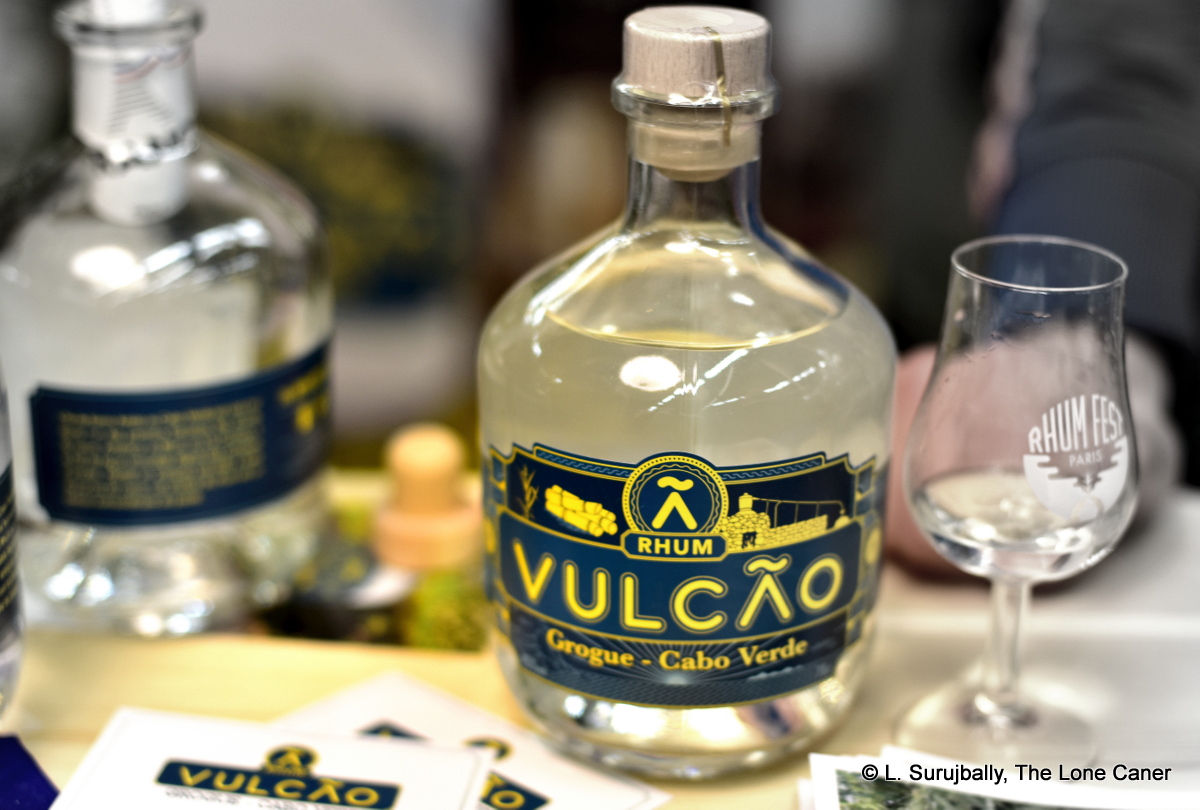
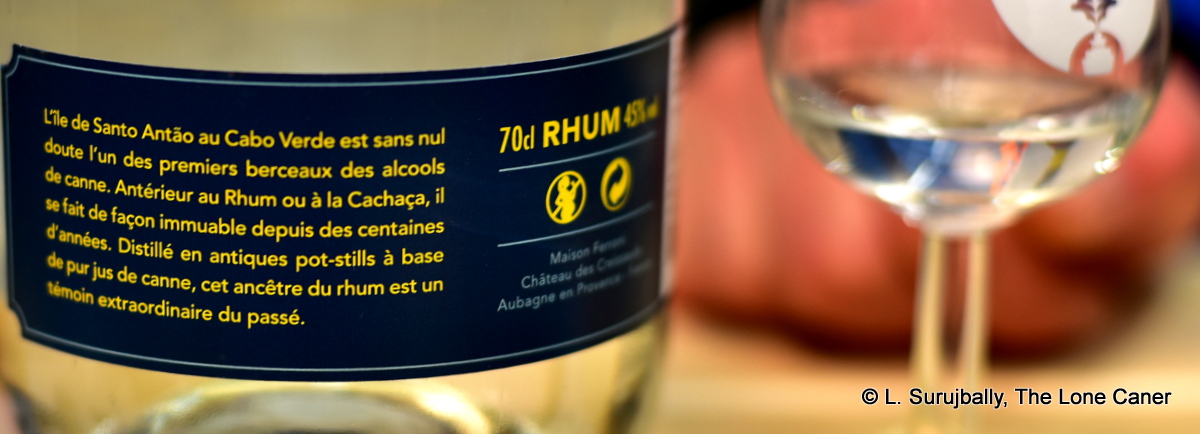
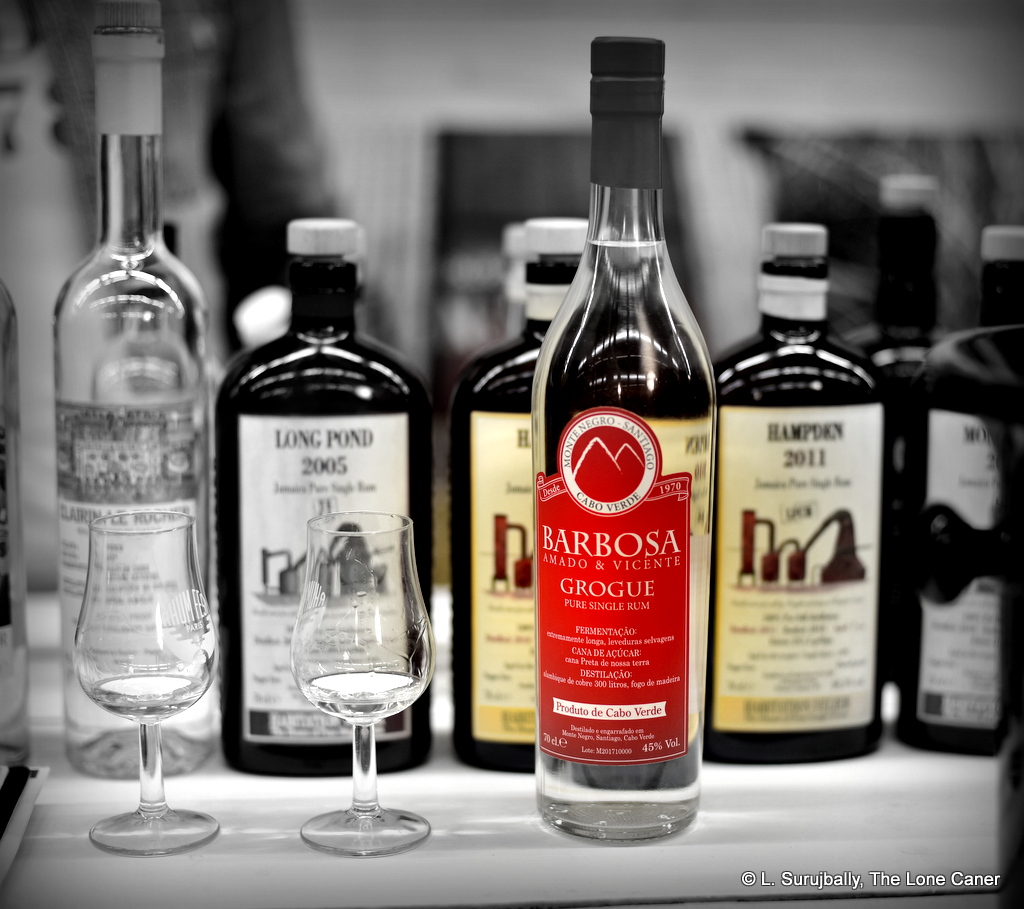
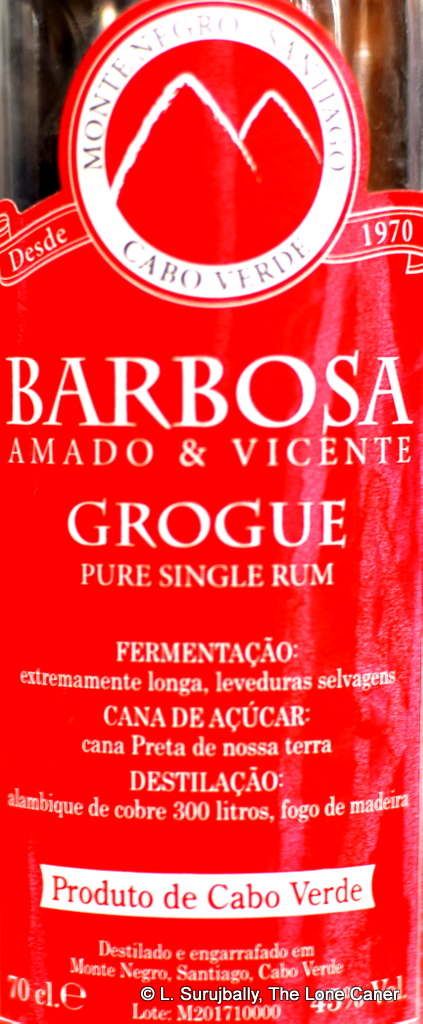 This was also the case when tasted. The bright and clean fruity-ester notes were more in evidence here than on the nose — green apples, sultanas, hard yellow mangoes, thyme, more pineapples, a bag of white guavas and watery pears. There was a hint of danger in the hint of cucumbers in white vinegar with a pimento or two floating around, but this never seriously came forward, a hint was all you got; and at best, with some concentration, there were some additional herbs (dill, cilantro), grass, sugar water and maybe a few more olives. I particularly liked the mild finish, by the way – clear and fruity and minty, with thyme, wet grass, and some almonds and white chocolate, sweet and unassuming, just right for what had come before.
This was also the case when tasted. The bright and clean fruity-ester notes were more in evidence here than on the nose — green apples, sultanas, hard yellow mangoes, thyme, more pineapples, a bag of white guavas and watery pears. There was a hint of danger in the hint of cucumbers in white vinegar with a pimento or two floating around, but this never seriously came forward, a hint was all you got; and at best, with some concentration, there were some additional herbs (dill, cilantro), grass, sugar water and maybe a few more olives. I particularly liked the mild finish, by the way – clear and fruity and minty, with thyme, wet grass, and some almonds and white chocolate, sweet and unassuming, just right for what had come before. Rumaniacs Review #091 | 0598
Rumaniacs Review #091 | 0598